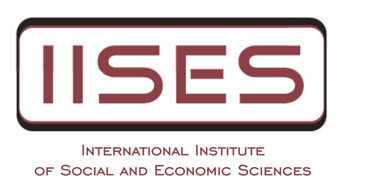TRANSPORT ECONOMIC AS A FUNCTION OF DESIGN, CONSTRUCTION AND SUSTAINABLE DEVELOPMENT FOR SPORT-SCHOOL AND COMMERCIAL AERODROME
ANA LAZAROVSKA, VERICA DANCEVSKA DANCEVSKA, VIOLETA MANEVSKA
Abstract:
Transport economics in developing aerodrome infrastructure focuses on optimizing costs, benefits, and economic impacts to create efficient, sustainable air transportation systems that foster regional development and connectivity. The distinction between sport aerodromes, which are minimal recreational facilities, and commercial aerodromes, which are large-scale airports supporting high-volume passenger and cargo operations, is crucial in planning and resource allocation. Developing a new aerodrome involves a strategic master plan that includes site selection, feasibility studies, stakeholder engagement, and phased construction, emphasizing safety, scalability, environmental sustainability, and technological integration. Funding, regulatory compliance, and logistical coordination are integral to ensuring timely, cost-effective implementation, resulting in a resilient facility capable of accommodating future air traffic growth while supporting local economic development.
Keywords:
transport economic; sustainable development; optimization; benchmarking; aviation management
DOI: 10.20472/BM.2025.12.2.001
PDF:
Download
APA citation:
ANA LAZAROVSKA, VERICA DANCEVSKA DANCEVSKA, VIOLETA MANEVSKA (2025). Transport economic as a function of design, construction and sustainable development for sport-school and commercial aerodrome . International Journal of Business and Management, Vol. XII(2), pp. 1-12. , DOI: 10.20472/BM.2025.12.2.001
Copyright © 2025, Ana Lazarovska et al, alazarovska@gmail.com

